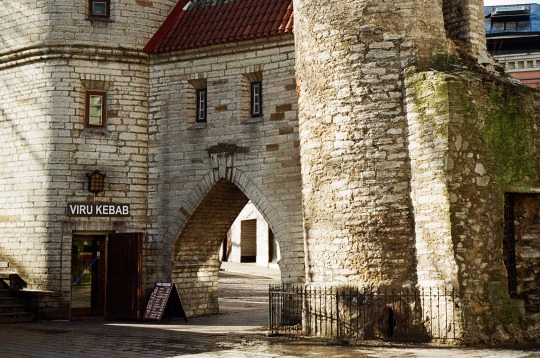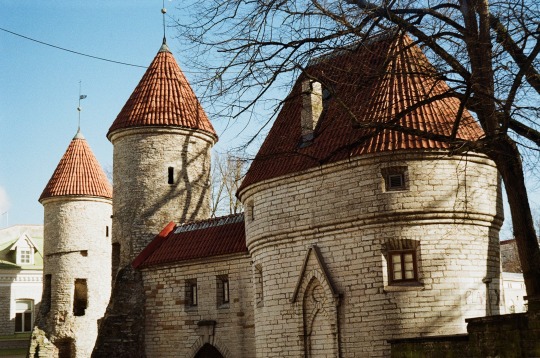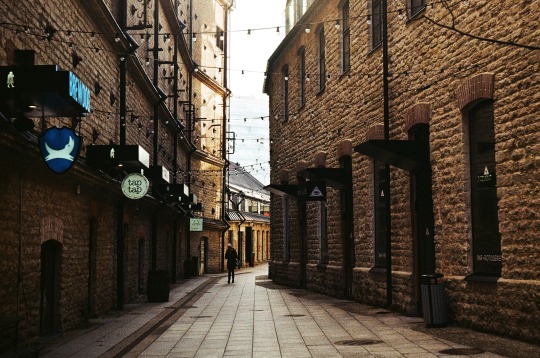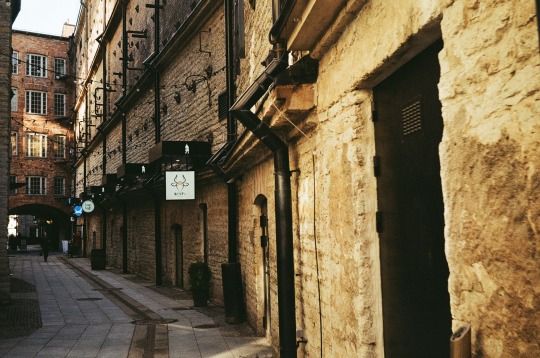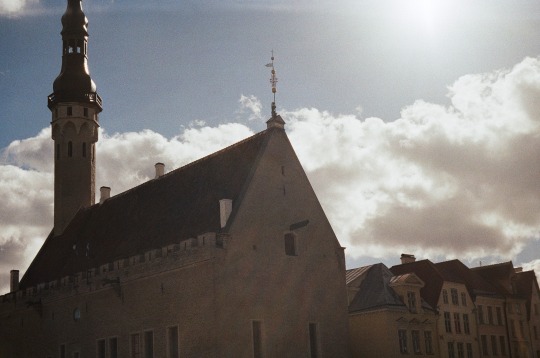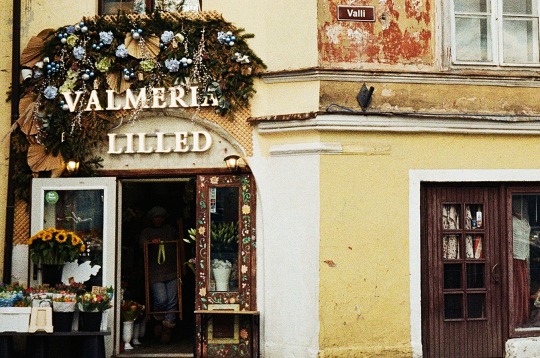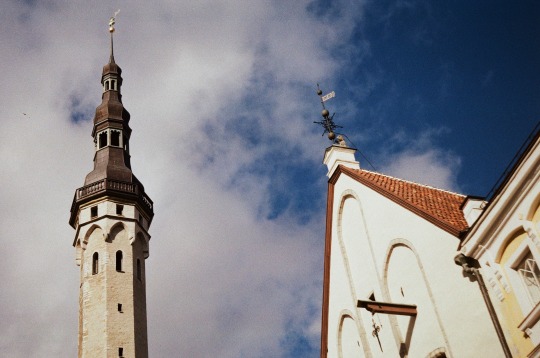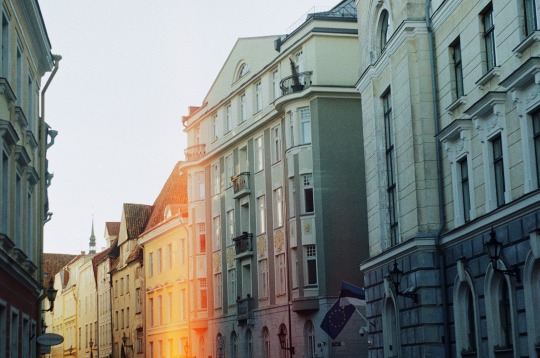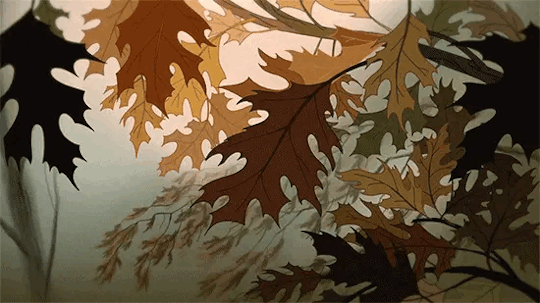Text
The finnish word ämmä is one of those proto-finnic ones, originally just meaning "woman, female relative". The estonian ämm of the same source apparently means mother-in-law, and livonian ǟma means "mother". But in finnish, the context of being a female relative has been lost, and it's mainly just woman (degoratory).
The letter M - when individual letters of the latin script alphabet are spoken of - is also usually said as äm or ämmä, in the same way as english pronounces the letter as em. For example the third highest academic grade of university-preparatory graduation exams and university theses, officially named in latin as magna cum laude approbatur ("approved with great praise"), is simply shortened as the letter M, so someone saying "sain ämmän matematiikasta" means "I got the third highest grade for mathemathics on my graduation exams."
The letters are also used for clothing - while the exact sizes of different countries vary by region, the sizing of XS to XL is used pretty universally in finnish clothing sizes, and while in english it's easier to just say "large" or "small", finns simply use the letters for convenience.
So, all of this put together, the sentence "tää jätkä käyttää ämmäkoon housuja" can be interpreted both as "this guy wears size medium pants" and also "this guy wears pants in bitch sizes."
193 notes
·
View notes
Text

I know this might not look too flashy, but this might be my favourite stamp sheet. These Estonian stamps are a language tree of the Uralic languages.
Going anti-clockwise from the bottom middle stamp, we have:
The Samoyedic Languages: Nenets, Enets, Nganasan, Selkup, and Kamasin
The Ugric Languages: Hungarian, Khanty and Mansi
The Permic Languages: Komi and Udmurt
The Mari and Mordvinic (Erzya and Moksha) Languages
The Sami Languages (Nortern, Southern, Skolt, Inari, Lule, Ume, Pite, Ter and Kildin Sami)
The Baltic-Finnic Languages: Veps, Karelian, Izhorian, Livonian, Finnish, Estonian and Votic
Languages in brackets weren't mentioned in the stamp, but I thought I'd elaborate anyway
Edit: put Ingrian instead of Izhorian. Should've known better, sorry
93 notes
·
View notes
Text


Portrait of Mansi man , early 20th
from Kunstkamera archive
24 notes
·
View notes
Text

Pavel a Khudi Nenet from Yamalo-Nenets Autonomous District, Siberia, Russia. 2018
"The life of Nenets people in this area is based on following the reindeer as they move along ancient routes around the tundra. To survive the winter the reindeer eat a type of lichen known as reindeer moss, which may be covered in metres of snow. The Khudi Nenets brigade we visited have a herd of some 4,000 reindeer, with roughly 1,500 of them belonging to the Khudi Nenets themselves. The remaining 2,500 are owned by the ‘state farms’. If Khudi Nenets people slaughter a state-farm animal, its value is docked from their salary, but they are allowed to slaughter their own reindeer."
- Jimmy Nelson
150 notes
·
View notes
Text
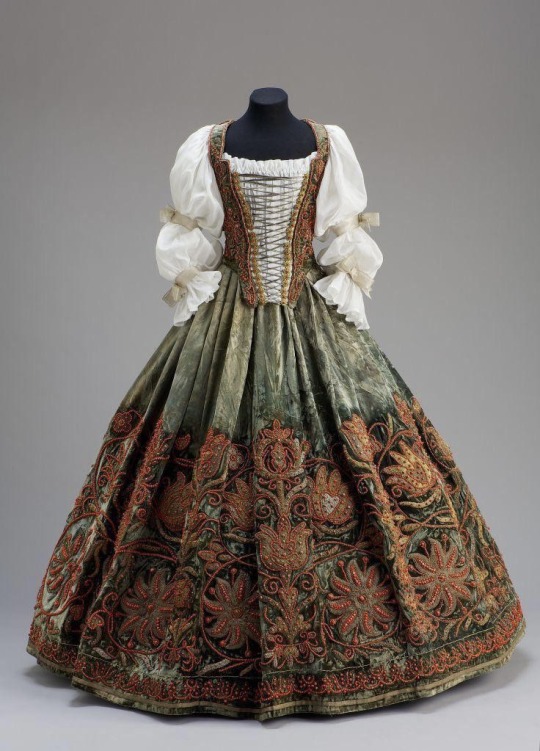
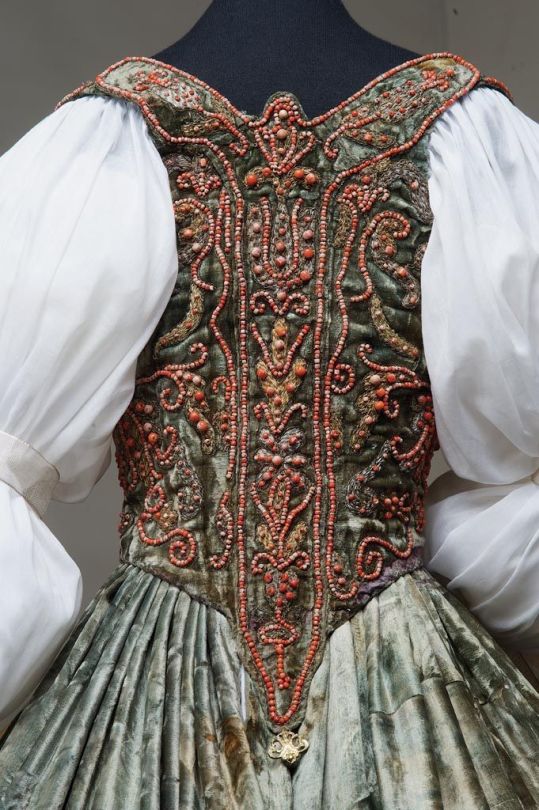


CORSET-BODICE AND SKIRT Mid-17th Century MAGYAR NEMZETI MÚZEUM (Hungarian National Museum) Budapest, Hungary
Earlier researches attributed the costume to Pál Esterházy’s (1635–1713) first wife Orsolya Esterházy (1641–1682) and later to his second wife Éva Thököly (1659–1716). The original owner can no longer be traced but the cut and the embroidery ascertain that either could have worn it at her wedding. The suite was restored by Mrs Sándor Borsi between 1969 and 1971.
8K notes
·
View notes
Text




Мордовские народные сказки, ред. Екатерина Капалыгина Mordvin folk tales, ed. Ekaterina Kapalygina
Illustrations by Pavel Klementiev.
First and fourth: Dubolgo Pichai, about a girl put to death-like sleep by her jealous in-laws. Second: A Feather Dress, about a girl whose dress of feathers hid her beauty. Third: The Only Daughter, about a girl taken by an evil witch.
P. S. Mordvins are Finno-Ugric, not Slavic. Don't tag it as such.
204 notes
·
View notes
Photo
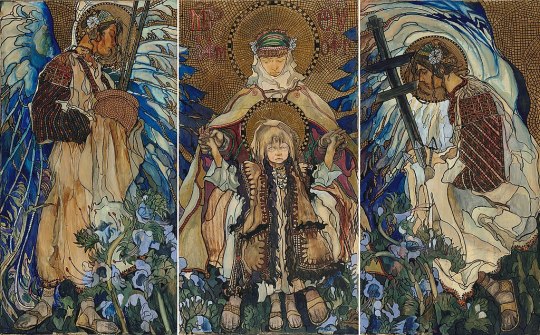
Kazimierz Sichulski, Madonna huculska (The Hutsul Madonna), 1909
1K notes
·
View notes
Text


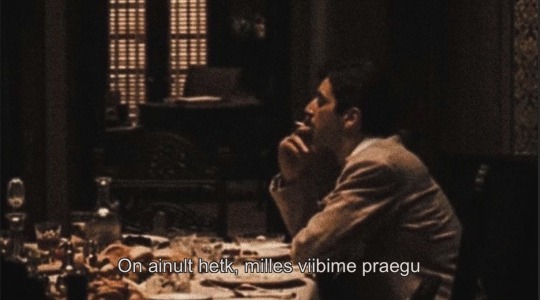

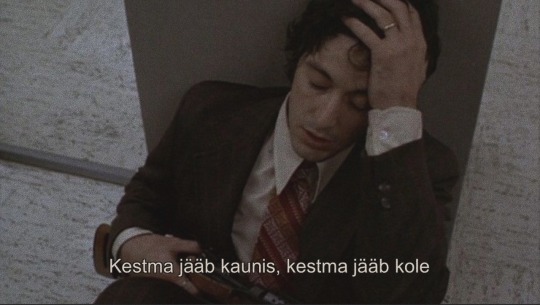
Goncharov (1973) dir. Martin Scorsese (pseudonym)
Recovered shots from the original Goncharov made by Tallinnfilm, Estonia.
Sourced from National Archives of Estonia (NAE), additional credits to this post.
1K notes
·
View notes
Text


Demjaku, grandson of Demnime Kosterkin (1926–1980) who was perhaps the last Nganasan shaman who held traditional way of living in tundra.
5 notes
·
View notes
Photo

Erzya Woman in traditional clothing
“The Mordvins, also Mordva, Mordvinians, Mordovians (Erzya: эрзят/erzät, Moksha: мокшет/mokšet, Russian: мордва/mordva), are the members of a people who speak a Mordvinic language of the Uralic language family and live mainly in the Republic of Mordovia and other parts of the middle Volga River region of Russia.
The Mordvins are one of the larger indigenous peoples of Russia. They identify themselves as separate ethnic groups: the Erzya and Moksha, Teryukhan and Tengushev (or Shoksha) Mordvins who have become fully Russified or Turkified during the 19th to 20th centuries. Less than one third of Mordvins live in the autonomous republic of Mordovia; the rest are scattered over the Russian oblasts of Samara, Penza, Orenburg and Nizhny Novgorod, as well as Tatarstan, Chuvashia, Bashkortostan, Central Asia, Siberia, Far East, Kazakhstan, Azerbaijan, Armenia and the United States.
The Erzya Mordvins (Erzya: эрзят, Erzyat; also Erzia, Erza), who speak Erzya, and the Moksha Mordvins (Moksha: мокшет, Mokshet), who speak Moksha, are the two major groups. The Qaratay Mordvins live in the Kama Tamağı District of Tatarstan, albeit with a large proportion of Mordvin vocabulary (substratum). The Teryukhan, living in the Nizhny Novgorod Oblast of Russia, switched to Russian in the 19th century. The Teryukhans recognize the term Mordva as pertaining to themselves, whereas the Qaratay also call themselves Muksha. The Tengushev Mordvins live in southern Mordovia and are a transitional group[citation needed] between Moksha and Erzya.
The western Erzyans are also called Shoksha (or Shoksho). They are isolated from the bulk of the Erzyans, and their dialect/language has been influenced by the Mokshan dialects.”
440 notes
·
View notes
Text







Seto people.
Setos (Seto: setokõsõq, setoq) are an indigenous Finno-Ugric ethnic group in south-eastern Estonia and north-western Russia.
1K notes
·
View notes
Photo



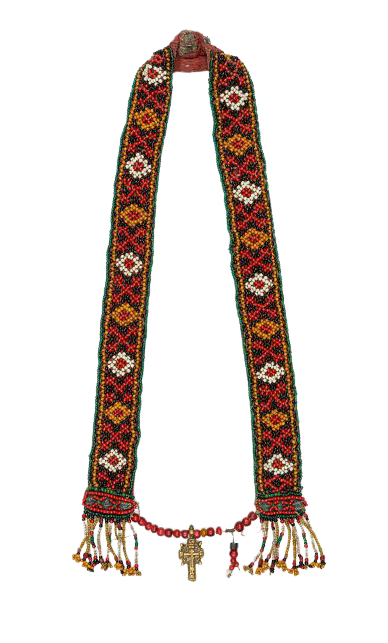


Crosses of the Finno-Ugric peoples of Russia:
1. Mokshas, 1930s; 2-3. Erzyas, late 19th century; 4. Mordvins, 19th century; 5. Erzyas, 1900s; 6. Erzyas, late 19th century
2K notes
·
View notes
Text
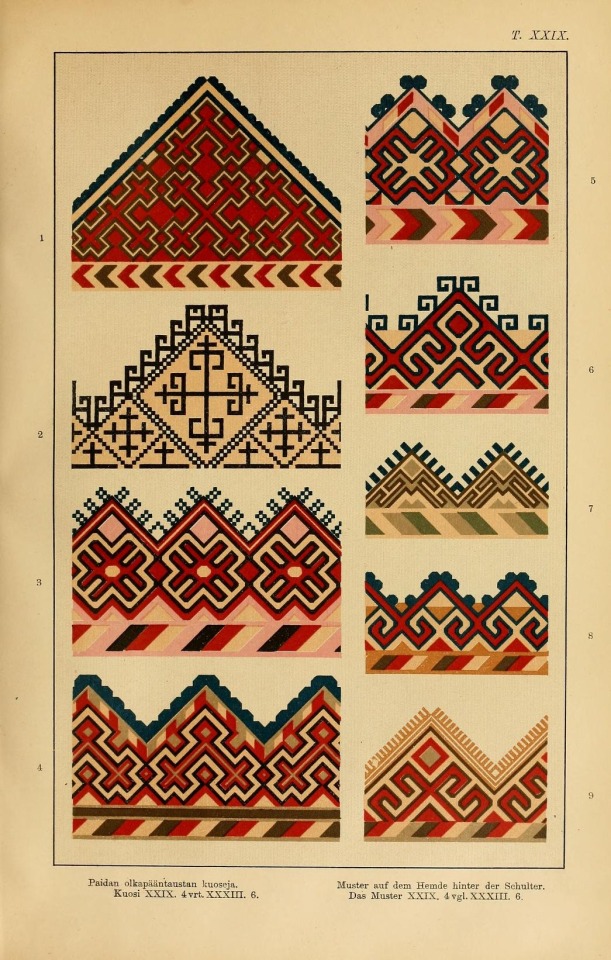
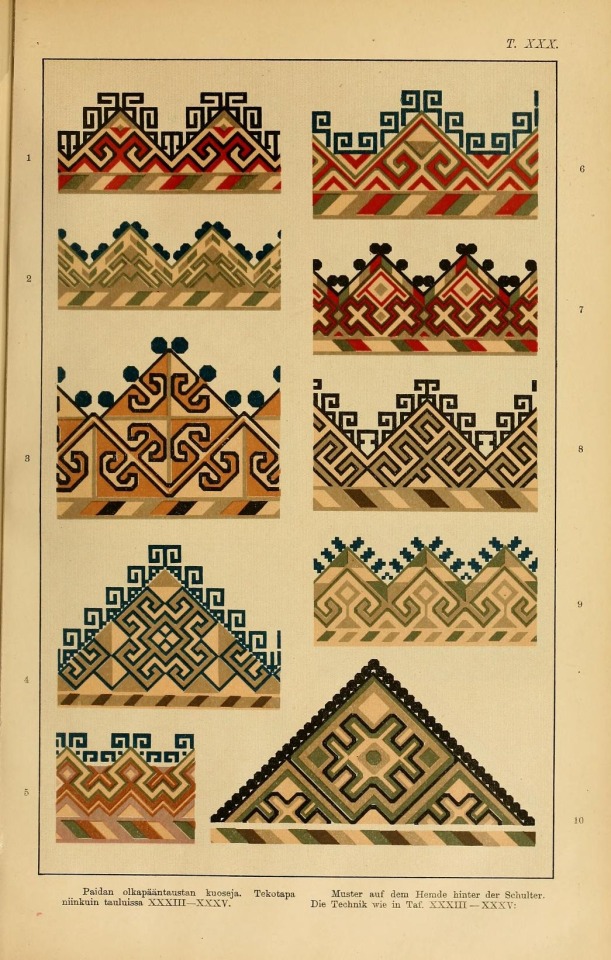

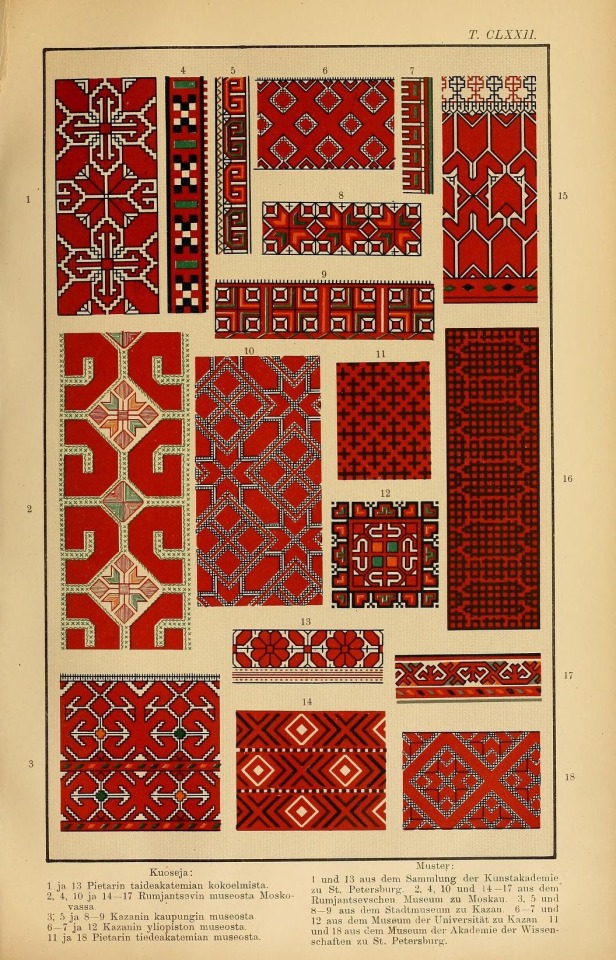
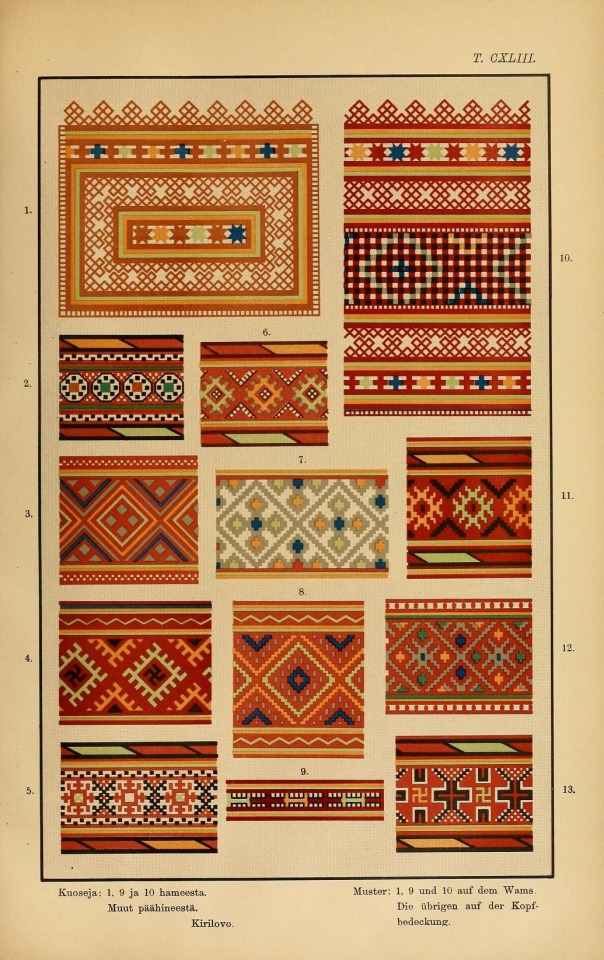

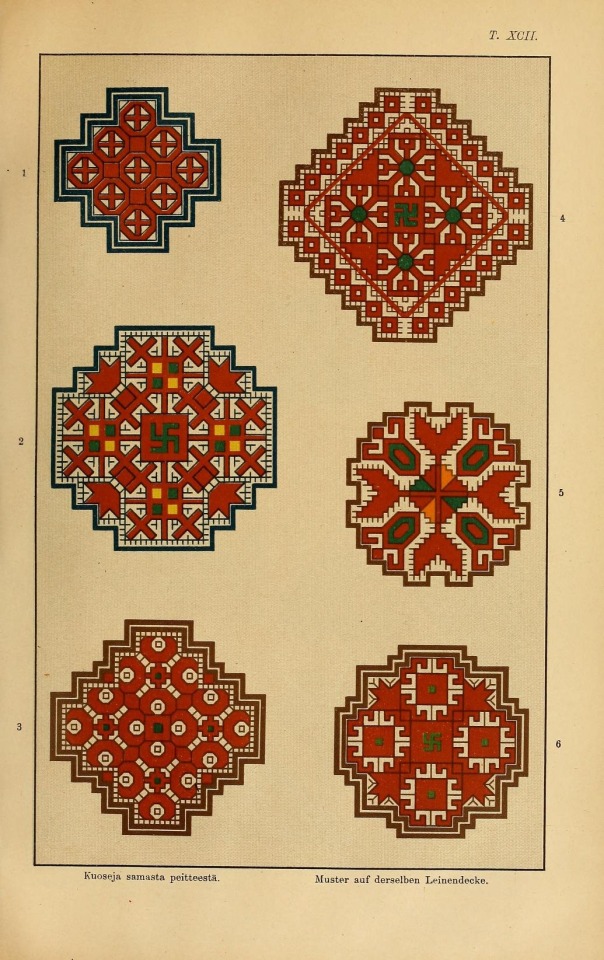

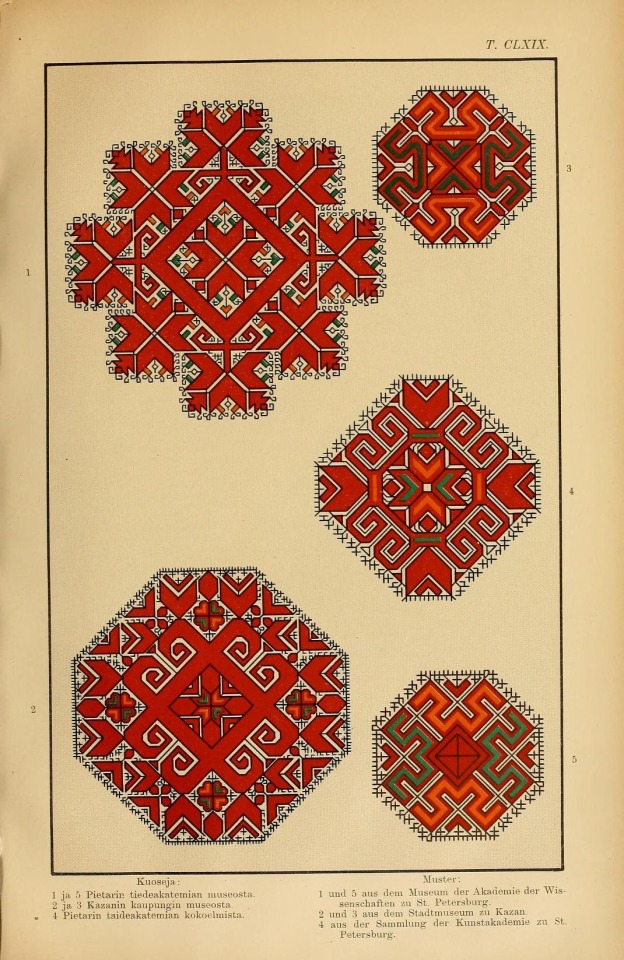

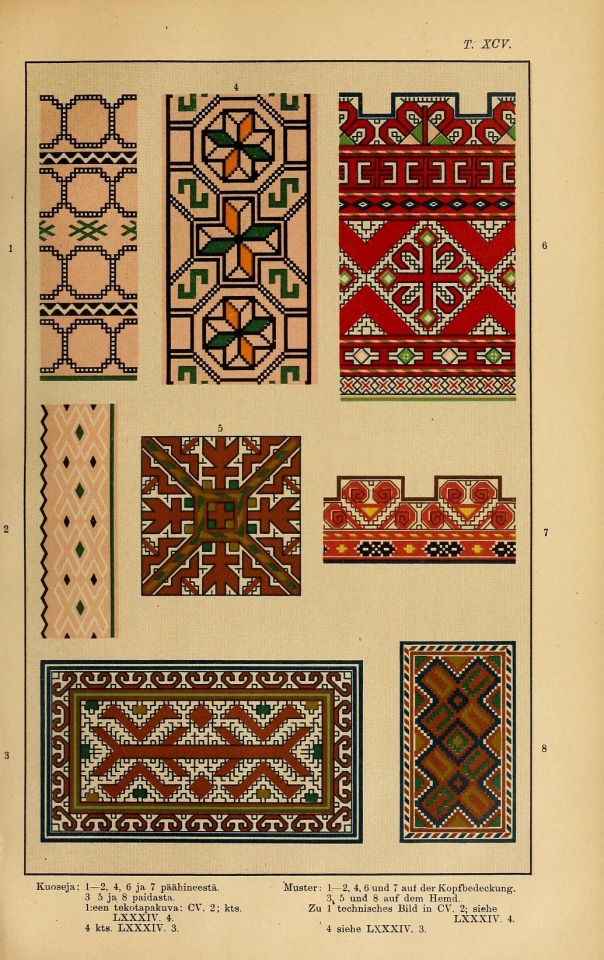

Mordovian patterns. 1899 Мордовские узоры. 1899
from Mordvalaisten pukuja kuoseja by Axel Olai Heikel
327 notes
·
View notes






